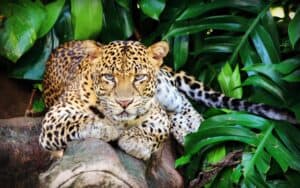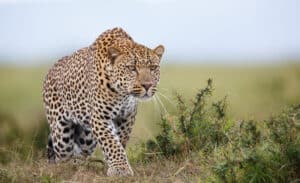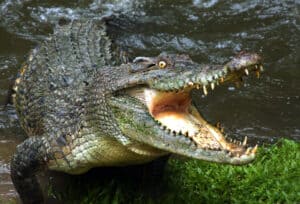Continue reading for our analysis...
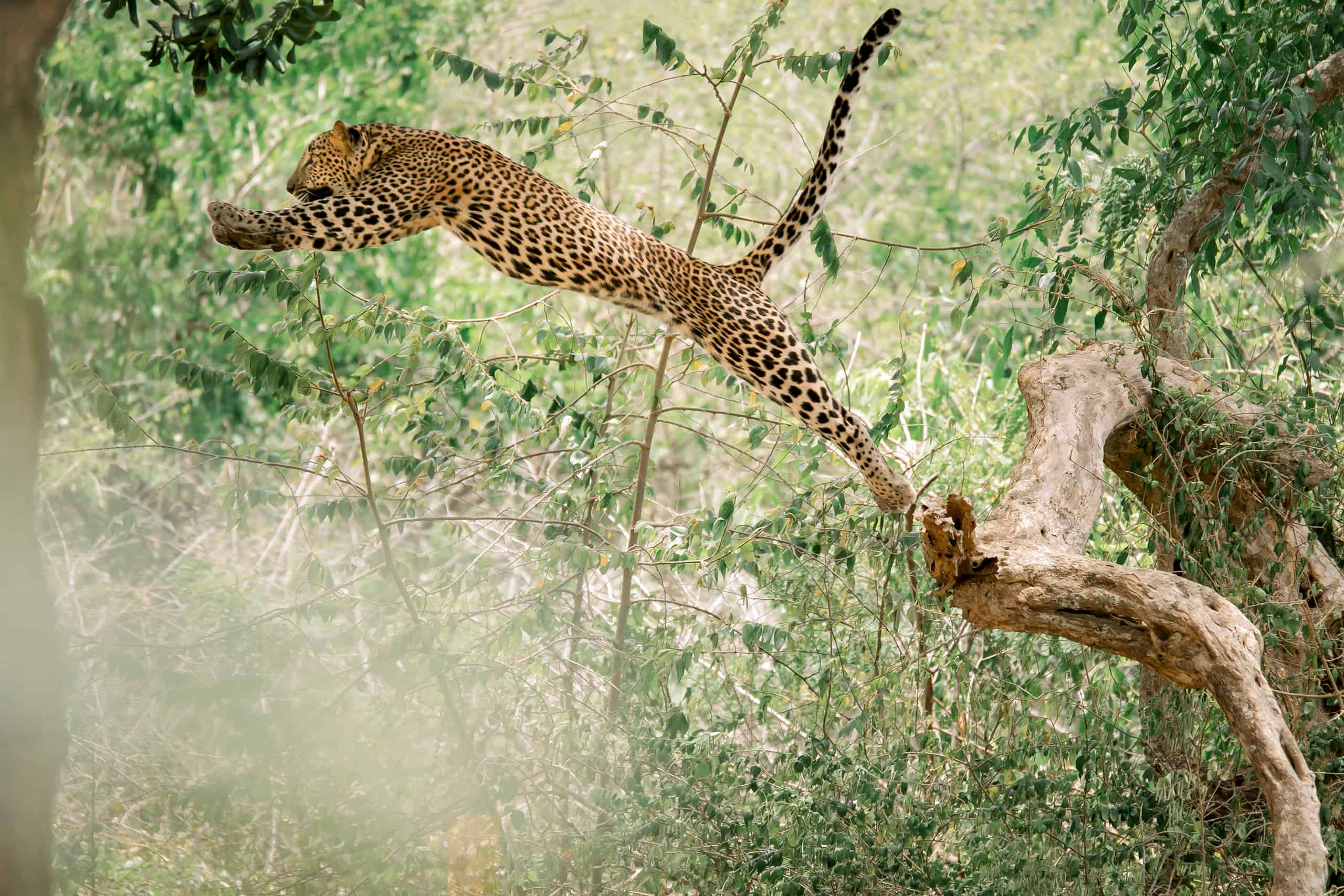
The leopard is an extraordinarily beautiful yet deadly creature. As the video shows, they are able to produce superb killing skills to take down an animal that is about the same size as they are. This is disturbing footage in many ways, but it shows off the raw brutality of nature in all its gory glory!
What Do Leopards Normally Eat?
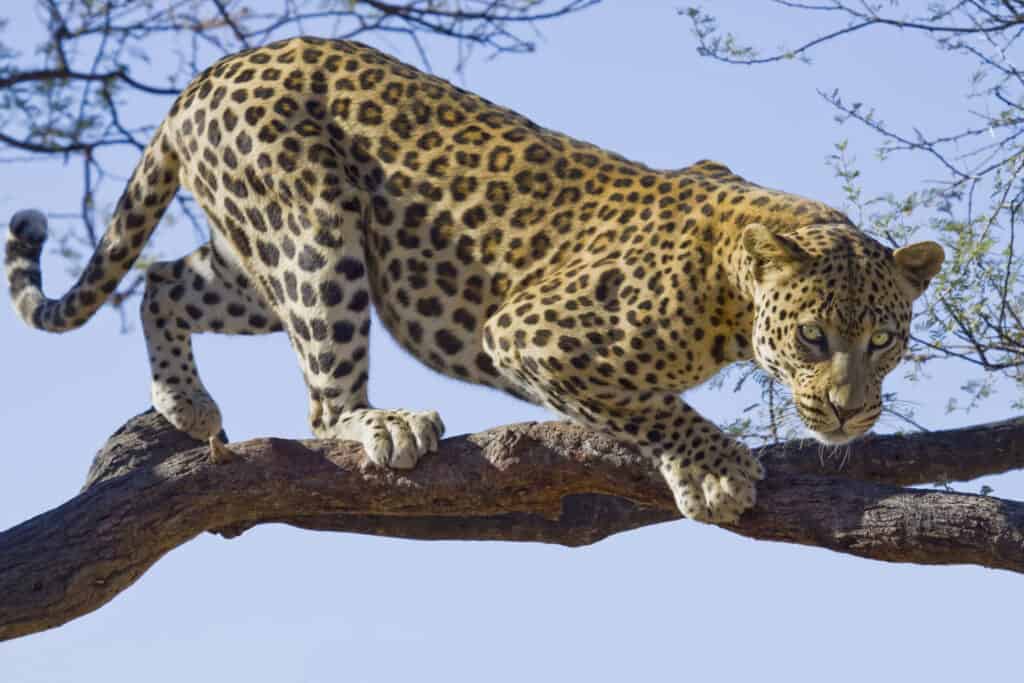
Leopards will stalk prey for some distance
©iStock.com/lightstock
Leopards are carnivores but they are willing to eat a wide variety of prey. In general, their diet varies according to what is available in a particular habitat. It also varies in size. This means that in forests they eat medium to large prey, on savannahs they hunt large prey but in the Western Cape mountains of South Africa, they eat small prey.
In the African rainforests, they target ungulates – which are hoofed animals. This includes ‘red’ duikers and red river hogs as well as large rodents such as the brush-tailed porcupine. In other areas, they catch snakes, warthogs, and even livestock.
Leopards have also been known to pinch carcasses from other animals and to eat rotting carcasses that they come across.
What Is a Leopard’s Hunting Technique?
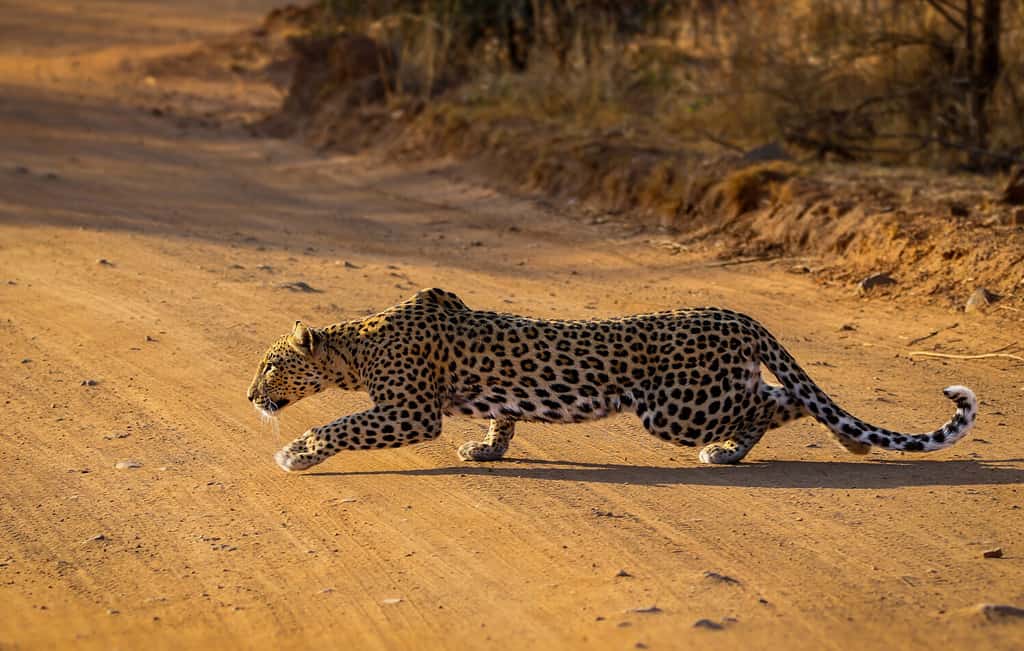
©Heinrich Neumeyer/Shutterstock.com
Leopards hunt alone and most frequently at night. As visual hunters, they detect prey using sight. Animals on the ground are targeted but animals that live in trees are also flushed out.
Stalking is a key element of their hunting strategy and they will follow prey for long distances if necessary. As they do this, they crouch with their body practically touching the ground and with their eyes and ears fixed on the prey. At this point, the leopard is usually around 16 feet from the target animal.
When the time is right, they rush at the prey with a fast dash and perhaps a short chase. The shorter the chase the better because once the chase gets longer, the chances of success decrease.
How Do Leopards Kill Their Prey?
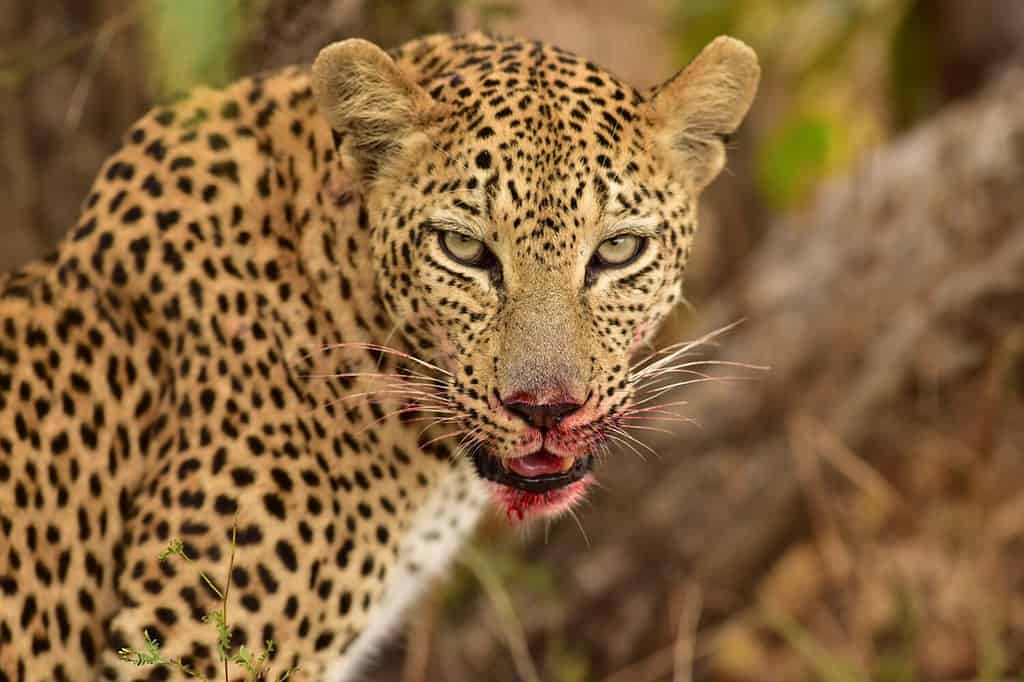
Leopards will use a muzzle hold but with smaller prey, they will deliver a crushing blow to the back of the skull.
©Sheri Lim/Shutterstock.com
In this clip, the two animals are locked together in what looks like a violent wrestling match. The leopard is trying to position the warthog so that it can deliver an asphyxiating bite to the throat. For larger prey, they also use a muzzle hold. Smaller prey, however, is dispatched with a crushing blow to the back of the skull!
Thank you for reading! Have some feedback for us? Contact the AZ Animals editorial team.



